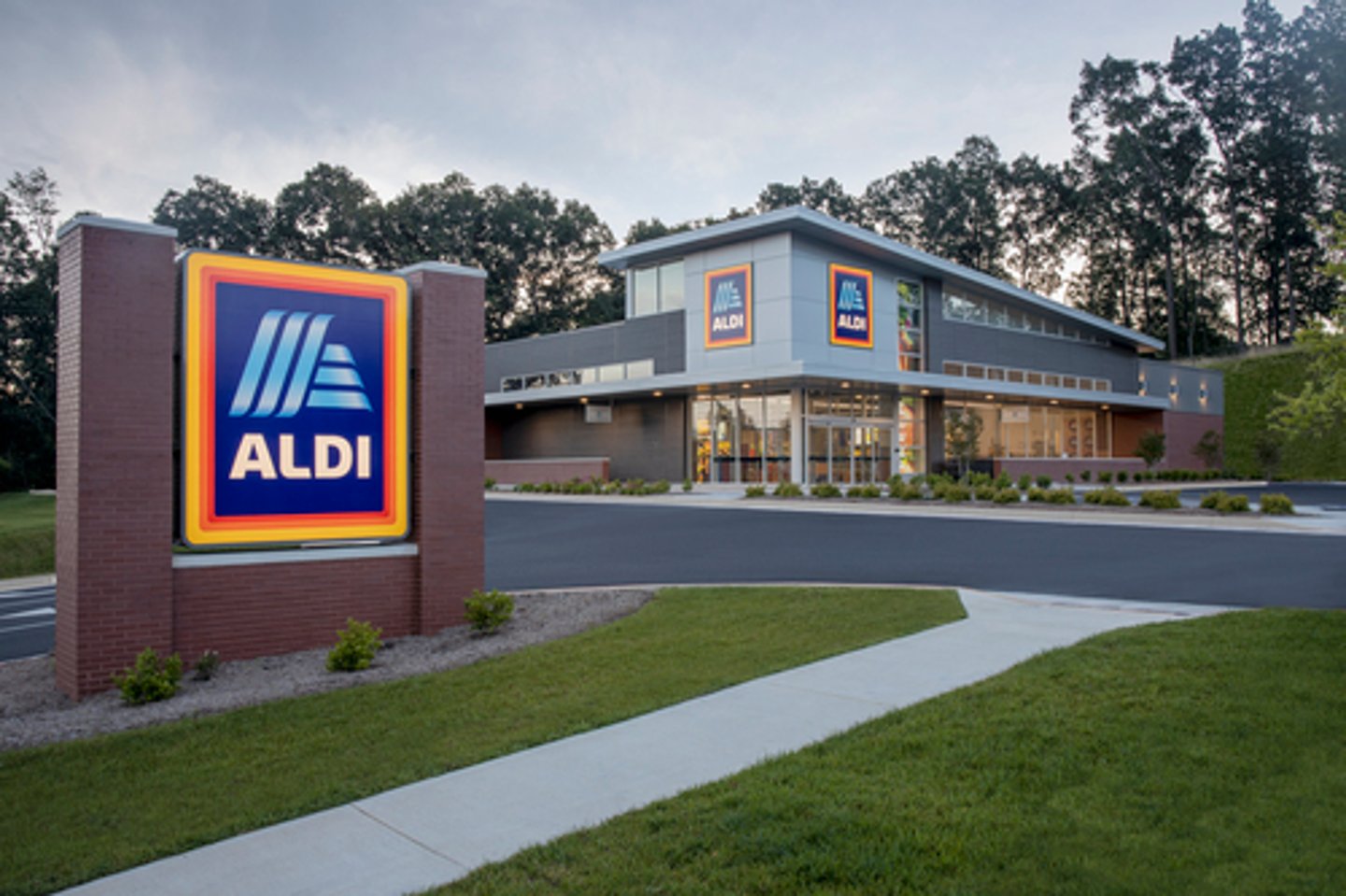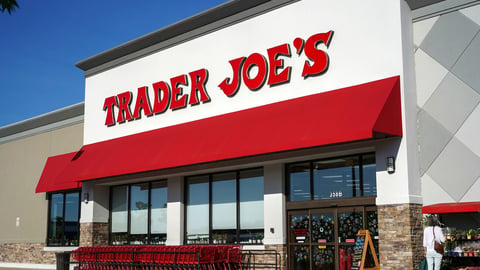Value-Focused Grocers Outpace Rivals in Foot Traffic
Recent consumer insights have revealed a growing appetite for products that offer value, and this demand from shoppers could be a key factor benefiting Aldi, Trader Joe’s, and Lidl, leading to gains in foot traffic.
A new report from Placer.ai revealed that the three grocers, each with a focus on selling private label products, outpaced the broader grocery segment’s first-half store visits. Aldi saw year-over-year visits increase 7.1%, Trader Joe’s was up 11.9%, and Lidl grew 4.9%. The grocery segment as a whole grew 1.5%.
“The grocery segment has never been more competitive, and Aldi, Trader Joe’s and Lidl have consistently emerged as top players,” Placer.ai wrote in its report. “The three chains share similarities: all offer a limited assortment of groceries and tend to operate at lower price points. However, each one is carving out its own distinct path to growth.”
The continued growth in store visits at Aldi comes as the Batavia, Illinois-based grocer moves forward toward its target of 800 new stores by 2028. As year-over-year visits grow, so too do average visits per location.
Average visits per store were 1.6% higher than 2024, 17.4% higher than 2023 and 26.7% higher than 2022. Placer.ai said these figures show that Aldi’s new stores are being met by sustained and growing shopper interest and are not cannibalizing foot traffic from existing stores.
Trader Joe’s is taking a far less aggressive approach to its store expansion but continues to grow selectively. With nearly 600 locations across the U.S., its home state of California accounts for more than one-third of its stores. Facing competition from the likes of Safeway, Ralphs, VONS and Smart & Final, among others, Trader Joe’s continues to attract shoppers.
Placer.ai figures show Trader Joe’s visit share growth has grown from 13.2% in the first half of 2019 to 15.7% in the first half of 2025. The four aforementioned grocers have seen their respective visit share hold steady or decline slightly over the same period.
Lidl’s store expansion efforts are far more conservative than Aldi and Trader Joe’s, with the Arlington, Virginia-based grocer focused on new store growth in the eastern portion of the U.S. In recent years, the company has seen a shift in who shops their stores on a weekly basis.
Between 2019 and 2025, the chain grew its share of suburban, wealthy and older segments, while the share of visitors falling into the “Singles and Starters” demographic segment shrunk.
Lidl has been adding new stores in recent months, leaning into suburban markets while also opening stores in major cities. This strategy could indicate a desire to broaden its customer base and appeal to consumers living in urban areas.




